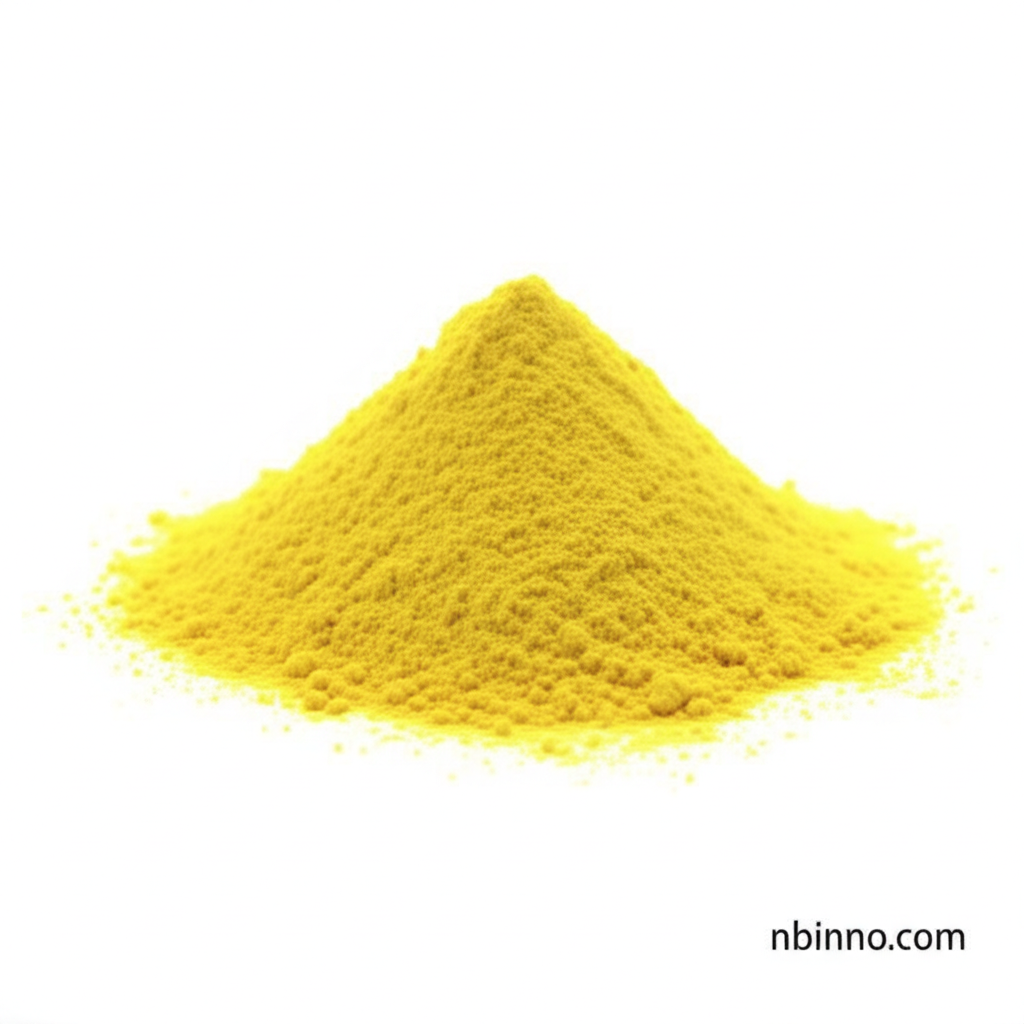2-Bromo-10-Thiaxanthenone (CAS 20077-10-5): Synthesis, Properties, and Applications
An in-depth look at a key chemical intermediate for research and industrial synthesis.
Request a QuoteProduct Core Value

2-Bromo-10-Thiaxanthenone
2-Bromo-10-Thiaxanthenone (CAS 20077-10-5) is a valuable fine chemical intermediate known for its unique structure and diverse applications. Its core value lies in its utility as a building block in organic synthesis, its role in environmental research for studying contaminants, and its application in toxicology for investigating genotoxic effects. This compound is synthesized using bromobenzene and thiosalicylic acid, a process that yields a light yellow to yellow solid with a high melting point.
- Explore the synthesis of 2-Bromo-10-Thiaxanthenone using bromobenzene and thiosalicylic acid to understand its preparation.
- Investigate the properties of 2-Bromo-10-Thiaxanthenone, including its melting point and physical appearance, for precise application.
- Discover CAS 20077-10-5 applications across various scientific disciplines, from environmental studies to advanced chemical synthesis.
- Understand its function as a chemical intermediate in creating more complex molecules for specialized industries.
Advantages of 2-Bromo-10-Thiaxanthenone
Versatile Chemical Intermediate
Utilize 2-Bromo-10-Thiaxanthenone as a key organic synthesis reagent for developing novel compounds with specific functionalities.
Environmental and Toxicological Significance
Its role as an environmental contaminant makes it crucial for environmental contaminant study, aiding in risk assessment and mitigation strategies.
Foundational for Research
As a compound identified in genotoxicant research, it assists in understanding DNA damage mechanisms and potential health impacts.
Key Applications
Organic Synthesis
Serves as a critical starting material in complex organic synthesis pathways, enabling the creation of diverse chemical structures.
Environmental Research
A subject of study for its presence as an environmental contaminant, crucial for developing remediation and monitoring techniques.
Toxicology Studies
Investigated as a genotoxicant, contributing to the understanding of cellular damage and disease development.
Photochemistry
Can be employed to initiate photochemical reactions, offering possibilities in light-induced chemical processes.
